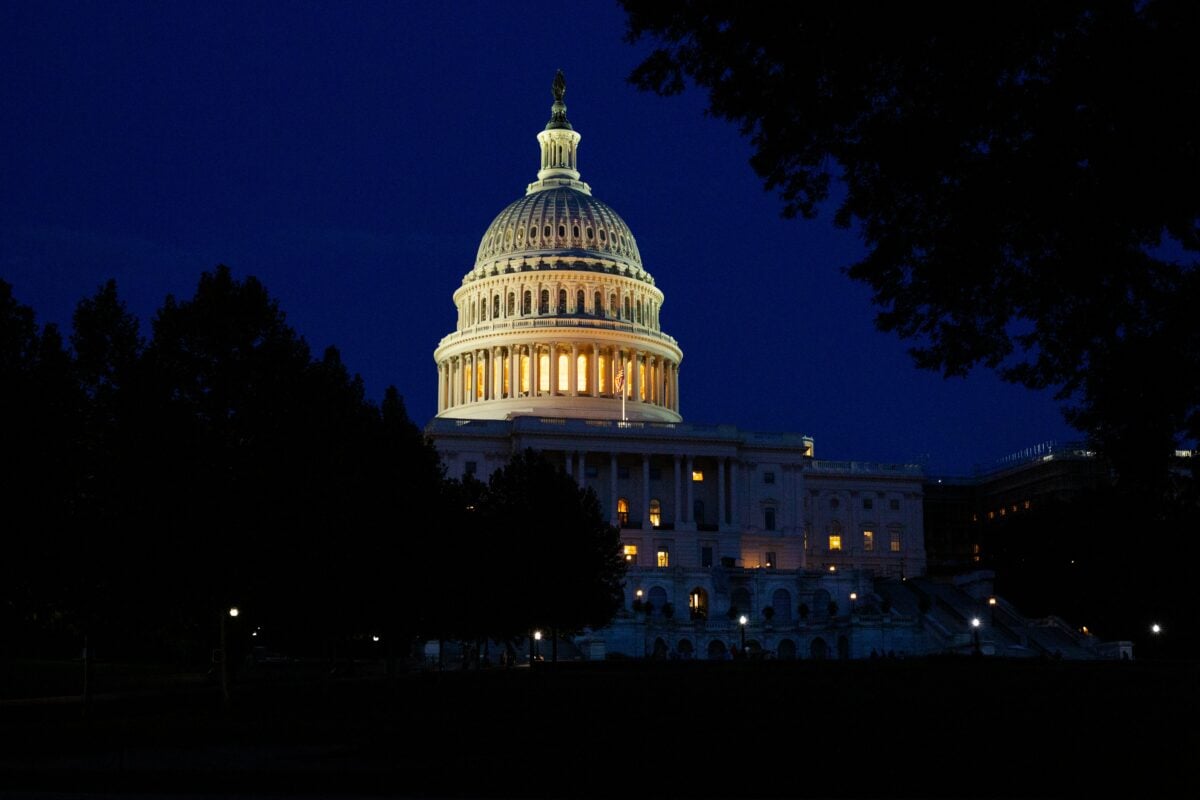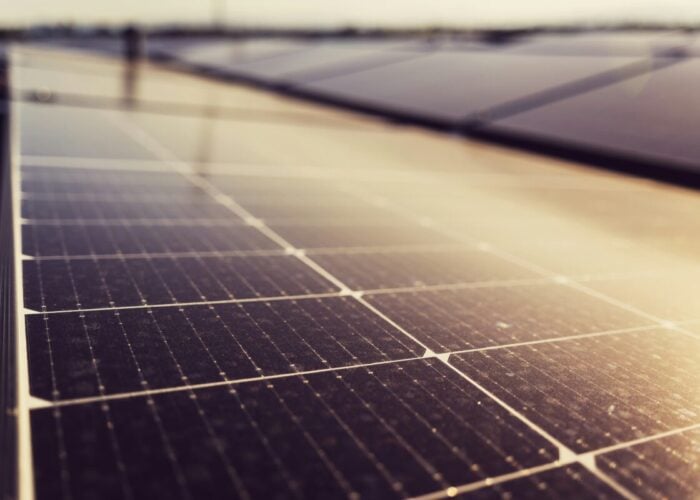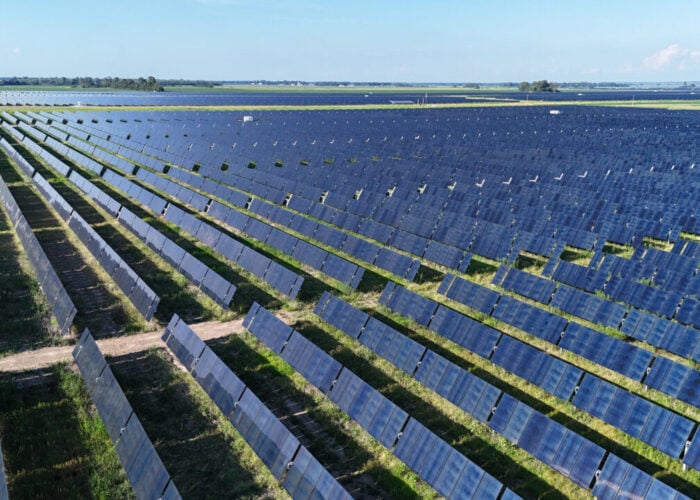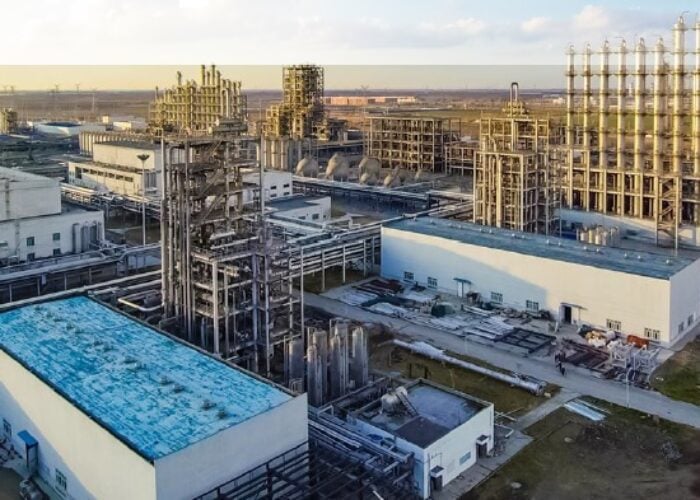
The US solar industry could be about to lose its biggest support system.
As the ink has dried on the “One Big, Beautiful Bill” proposed by the US House Committee on Ways and Means to change tax credits for renewable energy under the Inflation Reduction Act (IRA), fresh uncertainty has been thrust into industry diagnoses.
Try Premium for just $1
- Full premium access for the first month at only $1
- Converts to an annual rate after 30 days unless cancelled
- Cancel anytime during the trial period
Premium Benefits
- Expert industry analysis and interviews
- Digital access to PV Tech Power journal
- Exclusive event discounts
Or get the full Premium subscription right away
Or continue reading this article for free
The proposal’s language, which will ultimately need to be incorporated into House and Senate budget plans and reconciled into one bill before it lands on the president’s desk, has triggered a variety of reactions.
The most concerned opinions have focused on the provisions to limit “prohibited foreign entities” from accessing IRA tax credits and the obscure legislative language surrounding that, which could become law in various ways. Ultimately, this is geared towards limiting – even dismantling – the participation of Chinese companies in the US solar industry.
The uncertainty is such that, based on background discussions and briefing information PV Tech has seen from leading solar policy hawks, the outcomes range from administrative headaches and bureaucratic shortfalls, on the positive end, to the effective destruction of US solar and battery manufacturing and a massively reduced solar market on the other. The latter could see the leading technology of US energy capacity growth and tens of billions of dollars of private investment sacrificed on the altar of politics.
Just this week, the SEIA warned that 300 solar and battery manufacturing facilities could be jeopardised by the bill in its current form.
Dismantling material support
The proposal’s current language presents multiple layers of limitation and definition for “prohibited foreign entities”. The restrictions will affect facilities and projects receiving the 48E investment tax credit (ITC) for renewable energy generation facilities, the 45Y production tax credit (PTC) for the same, and the 45X advanced manufacturing credit.
The measures include limits on the ownership of companies eligible for IRA credits and restrictions on technology licensing from specific foreign entities. It separately defines a “Specified Foreign Entity”, a “Foreign-Controlled Entity” and a “Foreign-Influenced Entity”, all of which amount to varying degrees of influence from Russia, Iran, North Korea and – most pertinently for solar PV – China.
It also delineates “Material Assistance from a Prohibited Foreign Entity”, which we heard was particularly notable for its ambiguity.
The current draft language on “material assistance” prohibits direct procurement from certain foreign entities, such as buying solar cells or glass from a Chinese-owned company. But it could, by virtue of omission, implicitly allow indirect procurement via other channels.
There is also provision to exempt products “not uniquely designed for use in construction of” tax credit-eligible facilities and products “not exclusively or predominantly produced by prohibited foreign entities” from the material assistance restrictions.
Moreover, it proposes to limit designs “based on any copyright or patent held by a prohibited foreign entity or any know-how or trade secret provided by a prohibited foreign entity”.
The issue, according to expert analysis seen by PV Tech, is that the bill’s current language is particularly vague around these provisions. That leaves the door wide open to any number of scenarios once the bill is implemented. Under a certain reading, the US industry could end up with bureaucratic challenges and the need to shift supply away from China and towards more diverse sources. Under another, the tax credits could become effectively unusable.
‘A poison pill’?
The uncertainty and ambiguous language are the key things emerging from this draft bill, and we have heard many times that uncertainty is bad for business. Legal, financial and industry players are relatively unwilling to comment on the features of the draft. This may be because of the aforementioned ambiguity.
Posting on LinkedIn, referring to the apparent exceptions around “unique” or indirectly sourced products, Christian Roselund, senior policy analyst at Clean Energy Associates, described the “foreign entities” language as a “poison pill with an antidote that may or may not work”.
Mike Carr, head of the Solar Energy Manufacturers for America (SEMA) trade group and formerly of the Department of Energy, said similarly.
He told PV Tech: “In general, I think we see where the Members were trying to go. That said, the language is pretty complicated and might, as written, have some implementation challenges and could have some unintended consequences on the manufacturing and deployment side.”
Some US lawmakers and parts of the solar manufacturing industry have long opposed the notion of Chinese companies accessing US IRA tax credits, particularly the 45X advanced manufacturing credit. PV Tech Premium spoke with SEMA and CEA on the topic in December, following proposed amendments to the Treasury’s 45X provisions from two House representatives.
But while the logic (whether or not one agrees with the political motivation) of preventing overreliance on a single supply country through tax restrictions holds water, the lack of clarity in the bill poses real-world problems.
The broad strokes are thus: despite building impressive solar module manufacturing capacity – around 50GW according to SEIA – the US is heavily reliant on imported components such as cells, wafers, glass and others to supply those module factories. Some domestic capacity for those components exists, but not enough to meet end demand.
The Ways & Means Committee bill does preserve the 45X manufacturing credit until 2031, a move which Wood Mackenzie said this week was “positive for manufacturers” and which Carr said the SEMA group “appreciates.” But, still, uncertainty remains.
This could ultimately make it very hard – and certainly even more expensive – to get the components to produce US modules. The short-term reliance on imports from a global industry dominated by China puts untold stress on the precise language and the final shape of the “foreign entities of concern” portion of the bill, and the “material support” portion in particular.
How closely scrutinised might “direct” procurement be? How will provisions policing “any copyright or patent… or any know-how or trade secret provided by a prohibited foreign entity” be enacted, particularly when the US has been one of the battlegrounds for solar cell patent wars, often involving Chinese firms? Who defines precisely what is “uniquely” produced for a US facility? What of the “foreign entities” already operating in the US solar industry? How far up the solar supply chain will these rules apply, and who will interrogate the bill of materials for any given product?
Maybe understating the situation, Carr tells us: “We’ll need to work through some scenarios and work with Congress to make sure the final language is workable.”






